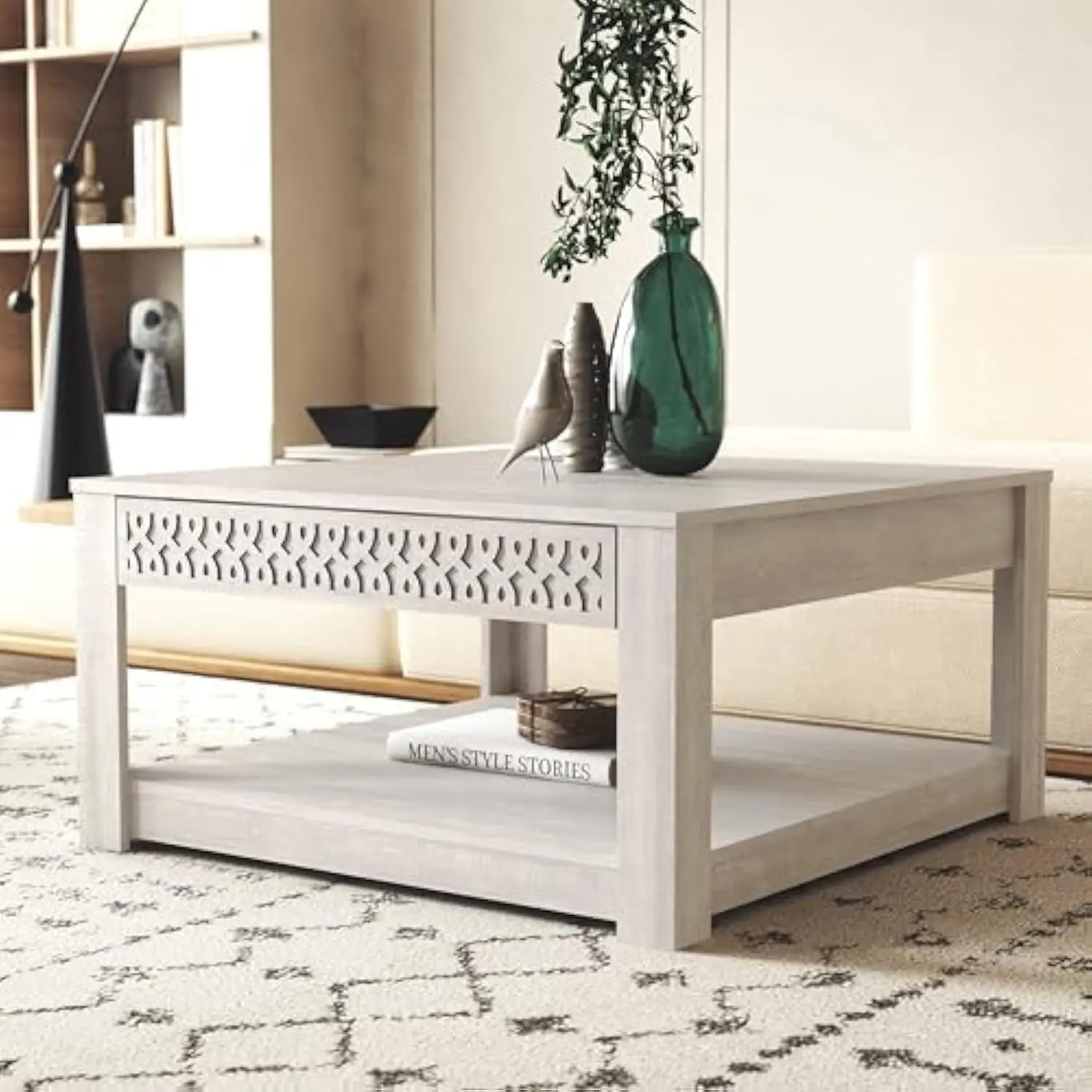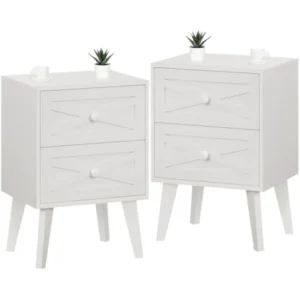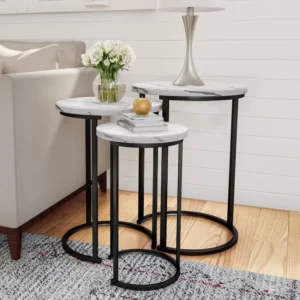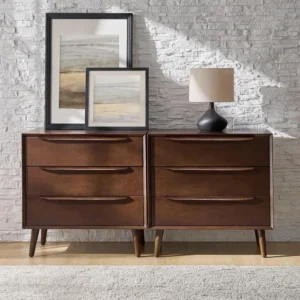Why Square Tables Are Essential for Modular Living Spaces
The modern living room has evolved beyond static furniture arrangements into dynamic, adaptable spaces—and square tables have emerged as the ideal companions for modular seating configurations. Unlike their round or rectangular counterparts, square tables bring a unique geometric harmony that complements the clean lines of sectional and modular furniture.
Square tables create a natural visual balance when positioned among modular seating components. This balance isn’t merely aesthetic—it’s functional by design, offering several distinct advantages:
- Equal accessibility from all sides of modular arrangements, ensuring every seat has convenient table access
- Predictable dimensions that make planning your layout straightforward (knowing corner-to-corner measurements)
- Geometric continuity that echoes the angular elements present in most modular seating
- Space efficiency that maximizes surface area while minimizing wasted space
- Design versatility that works with various modular configurations from L-shaped to U-shaped arrangements
The ideal distance between your seating and table edge typically measures 18-24 inches (45-60 cm), allowing comfortable leg room while keeping items within easy reach. Square tables naturally maintain this consistent distance from modular seating sections, creating a cohesive interaction between furniture pieces.
When designing your living room, consider how intelligent black mid-century coffee tables can establish a grounding center point around which your modular seating can flex and adapt. The geometric consistency between modular seating pieces and mid-century modern square coffee tables creates a visual language that flows throughout the space.
Types of Square Tables Perfect for Modular Settings
Understanding the varieties of square tables available helps you select options that complement your specific modular arrangement. Each type serves different functions while maintaining that essential square geometry that works so well with adaptable furniture.
Coffee Tables: The Centerpiece
Square coffee tables anchor your modular seating arrangement with their substantial presence and functionality. Standard dimensions typically range from 30-48 inches (76-122 cm) square with heights of 16-18 inches (40-45 cm)—approximately 1-2 inches below your sofa seat height for optimal comfort.
These central pieces offer various functional features that enhance modular living:
– Storage coffee tables with drawers or shelves that help minimize clutter
– Lift-top designs that transform from coffee table to workstation or dining surface
– Nesting coffee tables that provide expandable surface options for entertaining
– Oversized square tables (40+ inches) for extensive modular arrangements that need substantial surface area
The clean lines of lift-top coffee tables make them particularly valuable in modular settings where adaptability is already a priority. The ability to adjust height and function complements the inherent flexibility of modular furniture.
Side and End Tables: Complementary Pieces
Square side tables complete your modular arrangement by providing surface area next to individual seating sections. Typically standing 22-26 inches (55-65 cm) tall with tops measuring 18-24 inches (45-60 cm) square, these tables bring functionality to each seating position.
Consider these specialized options for modular configurations:
– C-shaped tables that slide partially under sofa sections, minimizing footprint
– Multi-tiered side tables offering additional storage while maintaining a square footprint
– Corner-specific designs that fit precisely where modular sections meet
– Matching sets that create visual continuity throughout complex modular arrangements
A carefully selected collection of side and end tables can enhance the functionality of each section of your modular seating while maintaining design cohesion throughout the space.
Ottoman Tables: The Dual-Purpose Solution
Square ottoman tables represent the ultimate expression of modular thinking—furniture that transitions between functions just as easily as your modular seating reconfigures. These pieces typically match sofa height at 16-19 inches (40-48 cm) and offer:
- Soft upholstered tops that can accommodate trays when needed as tables
- Hidden storage compartments for blankets, magazines, or remote controls
- Seating capacity for additional guests when your modular configuration is at capacity
- Mobility features like casters that allow them to move as your arrangement changes
The dual nature of ottoman tables makes them natural partners for modular furniture, embracing the same adaptable philosophy that defines contemporary living spaces.
Perfect Proportions: Sizing Square Tables for Modular Furniture
Selecting the right size square table transforms your modular living room from awkward to elegant. The foundation of proper proportioning starts with the “Two-Thirds Rule”—your coffee table should be approximately two-thirds the length of your primary sofa section for visual balance.
Height alignment is equally critical:
– Coffee tables work best at 1-2 inches below cushion height (typically 16-18 inches/40-45 cm)
– Side tables should stand slightly higher than sofa arms (usually 22-26 inches/55-65 cm)
– Ottoman tables generally match seat height for seamless transition (17-19 inches/43-48 cm)
Different modular configurations require specific sizing considerations:
- L-shaped sectionals: Place a square coffee table in the inside corner, leaving 14-18 inches (35-45 cm) of clearance from each section
- U-shaped arrangements: Center a larger square table (36-48 inches/91-122 cm) to serve all three sides
- Modular sofas with chaises: Position a medium square table (30-36 inches/76-91 cm) to serve both the main sofa and accessible portions of the chaise
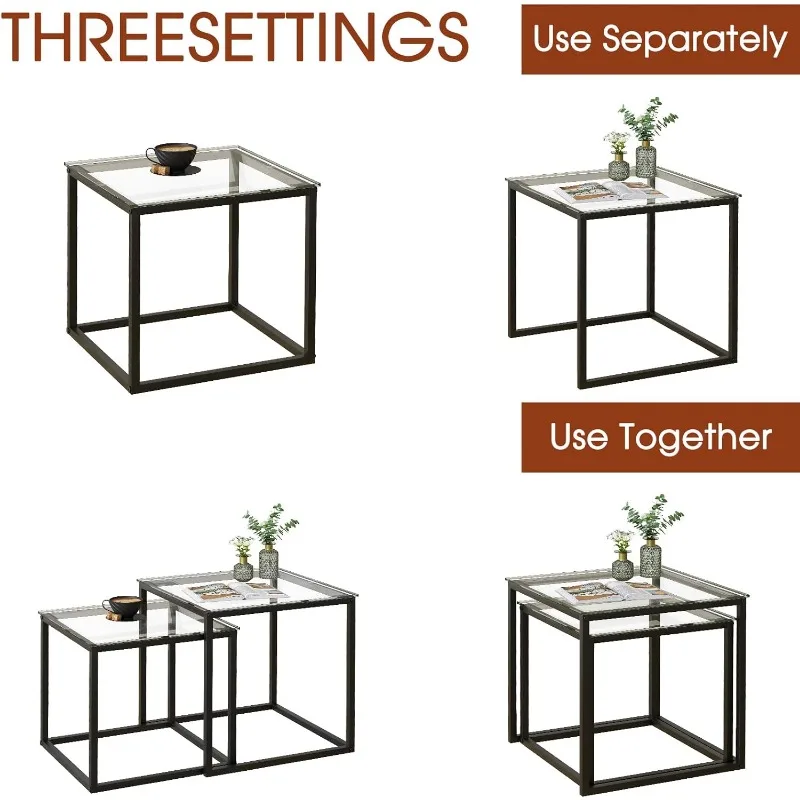
When planning your layout, maintain minimum walkway clearances of 24 inches (60 cm) between the table edge and any walls or furniture not part of the seating arrangement. Consider experimenting with masking tape on your floor to visualize table dimensions before purchasing.
For more detailed information on selecting appropriately sized tables for different room dimensions, our square table size guide for small rooms provides additional guidance tailored to space constraints.
Materials and Design: Selecting the Perfect Square Table Style
The materials and design of your square table dramatically impact how it relates to your modular furniture. Consider how different materials create distinct aesthetic and functional experiences:
Wood brings natural warmth and texture that softens the sometimes rigid lines of modular furniture. Solid hardwoods like walnut, oak, and maple offer durability and timeless appeal that ages beautifully alongside quality modular pieces.
Metal frames or accents introduce industrial character and contemporary edge. Steel, brass, or aluminum components create visual lightness while maintaining structural strength, particularly effective in minimalist modular settings.
Glass tops create visual spaciousness by reducing visual weight—particularly valuable in smaller rooms with substantial modular seating. Tempered glass options provide safety and durability while reflecting light throughout the space.
Stone surfaces (marble, granite, concrete) add luxury and substantial presence. These materials work particularly well in large modular arrangements that need a strong central anchor point.
Mixed materials combine benefits—wood with metal framing, stone with glass inserts, or upholstery with wood borders—creating versatile pieces that bridge different elements within your modular collection.
Design styles that particularly complement modular furniture include:
- Mid-century modern with clean lines, tapered legs, and organic curves that soften geometric modular forms
- Contemporary minimalist designs featuring slim profiles and clever functionality
- Industrial styles with raw materials and robust construction that contrast with cushioned modular seating
- Scandinavian approaches emphasizing light woods, functional simplicity, and unobtrusive presence
The choice of finish significantly impacts how your square table integrates with modular elements. Designers often recommend selecting either complementary tones (similar to your modular furniture) for cohesion or strategic contrasts to create focal points. For inspiration on incorporating darker finishes, our guide to black mid-century coffee table design showcases how contrast can enhance modular arrangements.
Strategic Placement: Layout Techniques for Square Tables
The positioning of your square tables relative to modular furniture dramatically affects both aesthetics and functionality. Several placement strategies optimize the relationship between these elements:
Central placement creates a democratic arrangement where all seating sections have equal access to the table. For balanced modular configurations, center your primary square coffee table with equal clearance (14-18 inches/35-45 cm) from all seating edges.
Corner-oriented positioning works particularly well with L-shaped sectionals by placing the table where the two sections meet, maximizing accessibility while defining the corner as a focal point.
Asymmetrical arrangements can balance irregular modular configurations by positioning a square table to counterweight the visual mass of larger sections.
Multiple table configurations distribute functionality throughout complex modular arrangements:
– Pair a central coffee table with matching end tables at key seating positions
– Use nesting tables that can separate to serve different seating sections as needed
– Position smaller square tables at junction points between modular components
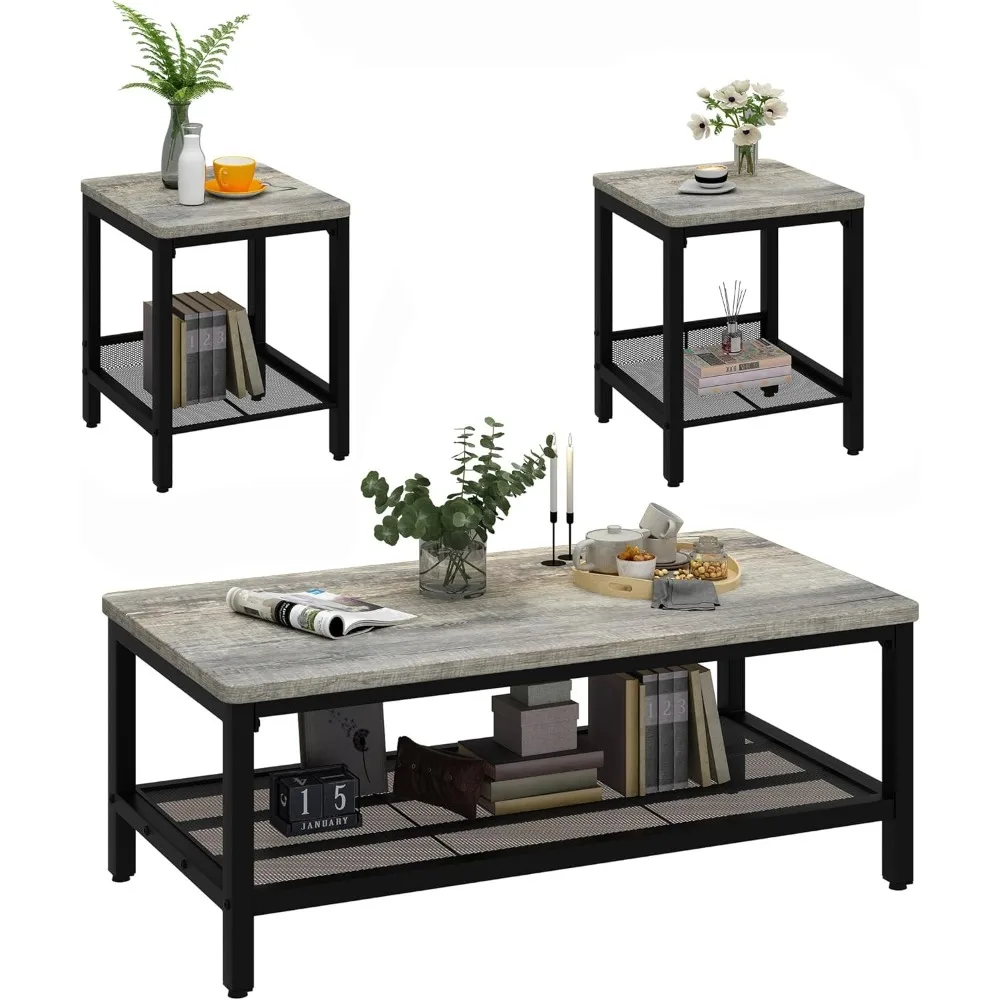
When arranging tables, maintain pathways of at least 30 inches (76 cm) wide for comfortable movement through the space. The distance between your table edge and seating should remain consistent at 6-8 inches (15-20 cm) for easy reach without stretching.
For flexible arrangements that can adapt to changing needs, consider nesting table sets that provide multiple surfaces that can be repositioned as your modular configuration evolves.
Functionality Beyond Form: Making Square Tables Work Harder
Today’s square tables offer innovations that enhance their usefulness in modular settings. Look for features that complement the adaptable nature of your modular furniture:
Built-in storage solutions extend the organizational capacity of your space:
– Drawers for remote controls, gaming controllers, and small electronics
– Shelving for books, magazines, and decorative items
– Hidden compartments for items you want accessible but not visible
Convertible mechanisms add versatility:
– Height-adjustable surfaces that transition from coffee to dining height
– Expandable tops that accommodate varying numbers of guests
– Tops that lift to create work surfaces with storage underneath
Technology integration brings modern convenience:
– Wireless charging surfaces for smartphones and devices
– Built-in power outlets and USB ports for electronics
– Smart home control integration in premium models
These functional elements are particularly valuable in modular living rooms where flexibility is already a priority. For specific ideas on enhancing both function and appearance, our guide to styling black mid-century coffee tables provides practical approaches to balancing beauty and utility.
When selecting multi-functional tables, consider maintenance requirements for different materials and mechanisms. Opt for durable finishes on high-touch surfaces, and test any moving parts for smooth, quiet operation that will stand up to regular use.
Styling Your Square Table: Design Elements That Enhance Modular Settings
The way you style your square table can strengthen its relationship with surrounding modular furniture. Thoughtful decoration creates visual connections between separate elements while maintaining functionality.
Layering techniques add visual dimension without sacrificing usability:
– Begin with a square tray that can be easily moved for surface clearance
– Add varying heights with sculptural objects, plants, or stacked books
– Include practical items like remote caddies that support everyday living
Color coordination ties your arrangement together:
– Echo accent colors from your modular upholstery in table accessories
– Use metallic elements that complement hardware on your modular pieces
– Introduce contrast colors that highlight both the table and furniture
Seasonal adaptability allows your table styling to evolve:
– Create a foundation of neutral pieces that remain year-round
– Rotate accent items to reflect seasonal changes or holiday themes
– Maintain clear surface areas for practical use regardless of decorative elements
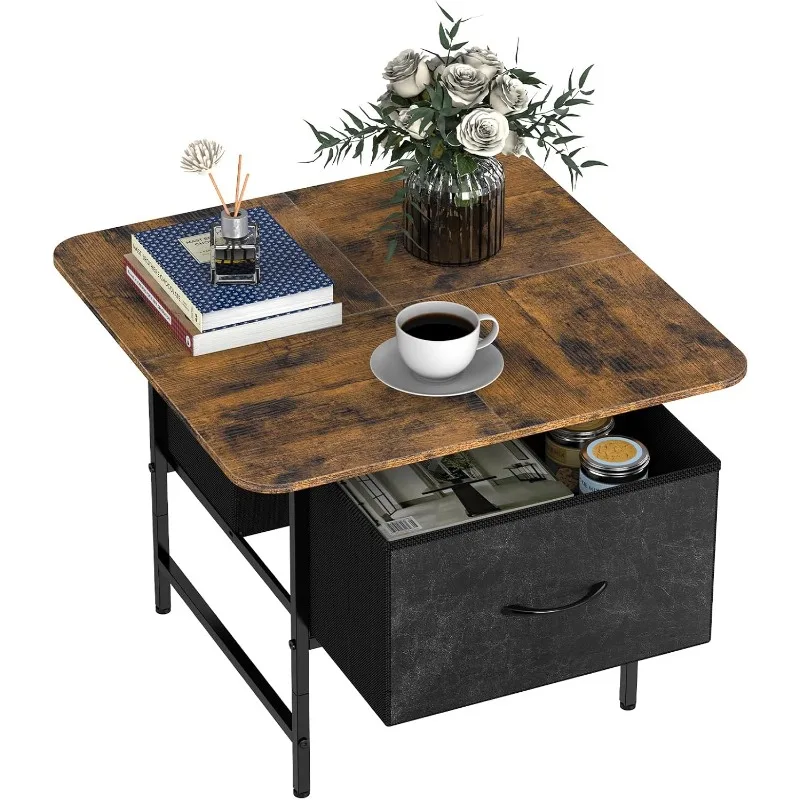
When styling multiple tables within a modular arrangement, create visual connections through repeated elements while giving each table its own distinct character. Side tables generally benefit from simpler styling with perhaps just one focal item and a small functional element like a coaster set.
For additional approaches to functional yet beautiful table design, explore our guide to Scandinavian table design for functional living rooms.
Mid-Century Modern End Table Sets of 2, Mid-Century Modern Square Side & End Tables, Mid-Century Modern White Side & End Tables
$348.24 Select options This product has multiple variants. The options may be chosen on the product pageMid-Century Modern Solid Wood Coffee Tables, Mid-Century Modern Teak Coffee Tables
$879.95 Select options This product has multiple variants. The options may be chosen on the product pageMid-Century Modern Danish Coffee Tables, Mid-Century Modern Oval Coffee Tables, Mid-Century Modern Solid Wood Coffee Tables
$390.05 Select options This product has multiple variants. The options may be chosen on the product pageMid-Century Modern Nesting Side & End Tables, Mid-Century Modern Nesting Table Sets, Mid-Century Modern Round Side & End Tables
Price range: $239.35 through $273.06 Select options This product has multiple variants. The options may be chosen on the product pageMid-Century Modern End Table Sets of 2, Mid-Century Modern Walnut Side & End Tables
Price range: $978.89 through $1,957.38 Select options This product has multiple variants. The options may be chosen on the product pageMid-Century Modern Coffee & End Table Sets, Mid-Century Modern Coffee Table Sets, Mid-Century Modern Oval Coffee Tables
Price range: $257.48 through $331.04 Select options This product has multiple variants. The options may be chosen on the product page
When to Choose Alternative Shapes for Your Modular Space
While square tables offer numerous advantages for modular settings, certain situations might call for alternative geometric forms. Understanding these exceptions helps confirm whether square tables truly are your best option.
When might round tables work better?
– In tight spaces where sharp corners could impede movement
– With curved or semicircular modular sections that echo rounded forms
– When creating a deliberate contrast between angular seating and soft, circular tables
– In rooms with many other rectangular elements that would benefit from geometric variety
When do rectangular tables make more sense?
– For very long, linear modular arrangements without corner sections
– In narrow rooms where space efficiency requires a slim profile
– When the modular seating creates a theater-like arrangement facing one direction
– For spaces that need to accommodate dining functions requiring extended surface area
Can you mix table shapes effectively? Absolutely. Consider:
– Using a square coffee table as your anchor with round side tables
– Pairing a rectangular coffee table with square end tables for balance
– Creating nesting arrangements with mixed geometries that can separate as needed
For a broader perspective on different table options that complement modular furniture, explore our complete mid-century modern coffee table collection.
Is Custom Design Worth It for Modular Living Room Tables?
Custom-designed square tables represent a premium option for modular living spaces with specific needs that standard offerings can’t satisfy. The decision to pursue custom work involves weighing several factors:
Potential benefits of custom square tables:
– Precise dimensions tailored to your exact modular configuration
– Material combinations not available in mass-produced options
– Specialized features designed specifically for your usage patterns
– Perfect style alignment with existing signature pieces
These advantages come with corresponding considerations. Custom tables typically cost 2-3 times more than comparable production pieces and may require 8-12 weeks for completion. The investment makes most sense for long-term spaces where the modular arrangement will remain relatively consistent.
Most valuable customization options for modular settings include specific height adjustments, unique storage configurations, and material selections that precisely complement your modular upholstery.
How Do Square Tables Impact Traffic Flow in Modular Rooms?
Square tables create distinct traffic patterns around modular seating that require thoughtful planning. The 90-degree corners of square tables create natural turning points that can either guide movement efficiently or create bottlenecks if poorly placed.
Common challenges include:
– Corner obstructions in high-traffic pathways
– Diagonal crossing difficulties when tables are too large
– Awkward navigation around multiple tables in complex arrangements
Effective solutions focus on:
– Positioning tables to create natural pathways around (not through) conversation areas
– Maintaining minimum clearances of 24 inches (60 cm) between table corners and walls
– Using table placement to define distinct zones within open-concept spaces
– Considering rounded-corner square tables that maintain the geometric harmony while softening potential collision points
In open floor plans, square tables can actually improve traffic patterns by creating visual boundaries that guide movement intuitively around seating areas rather than through them.
Where to Find Quality Square Tables for Your Modular Living Room
Sourcing well-crafted square tables that complement modular furniture requires knowing what quality indicators to seek and where to find them. Focus on tables that demonstrate:
- Solid hardwood construction or high-grade engineered wood
- Reinforced corner joints (dovetail, mortise and tenon, or metal brackets)
- Smooth, consistent finishes with attention to underside details
- Precise dimensions with level surfaces and stable bases
- Properly aligned drawers and smoothly operating mechanisms (for functional features)
Quality levels range from budget-friendly options ($200-400) with simpler construction to mid-range selections ($400-800) with better materials and craftsmanship, up to premium offerings ($800+) featuring exceptional design, materials, and construction techniques.
At Hearth Forms, we carefully evaluate each piece against strict criteria for authentic mid-century design principles, quality construction methods, and genuine materials. Our tables are selected not just as furniture, but as functional art that transforms modular living spaces with timeless style.
The perfect square table doesn’t merely fit your modular furniture—it elevates the entire arrangement by creating a harmonious center point that balances form and function. With thoughtful selection and placement, these geometric anchors become the heart of a truly adaptable living space.

